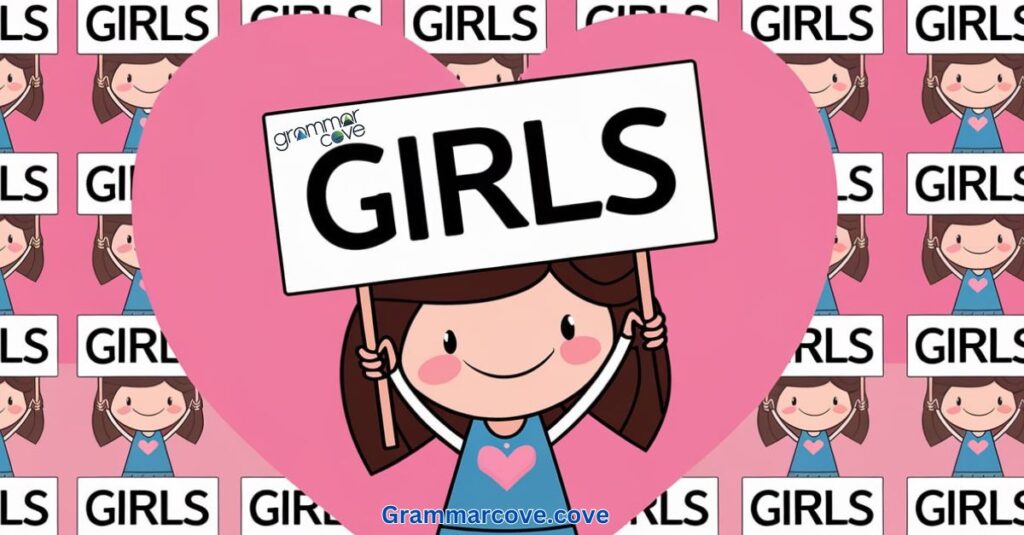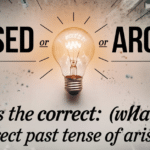Navigating the world of English grammar can be challenging, especially when it comes to possessive forms and plurals. In “Understanding ‘Girl’s,’ ‘Girls’,’ and ‘Girls’: A Simplified Guide,” we’ll clarify the distinctions among these terms.
One common source of confusion involves words like “girl’s,” “girls’,” and “girls.” Although they look similar, they serve very different purposes based on context.
Possessive nouns can be tricky, but once you understand the underlying grammar rules, it becomes much easier to differentiate between these terms.
Whether you’re dealing with a singular form, a plural noun, or the possessive of a group, this guide will explain how and when to use each form of “girl.”
By the end, you’ll know exactly how to avoid common mistakes and improve your grammar skills.
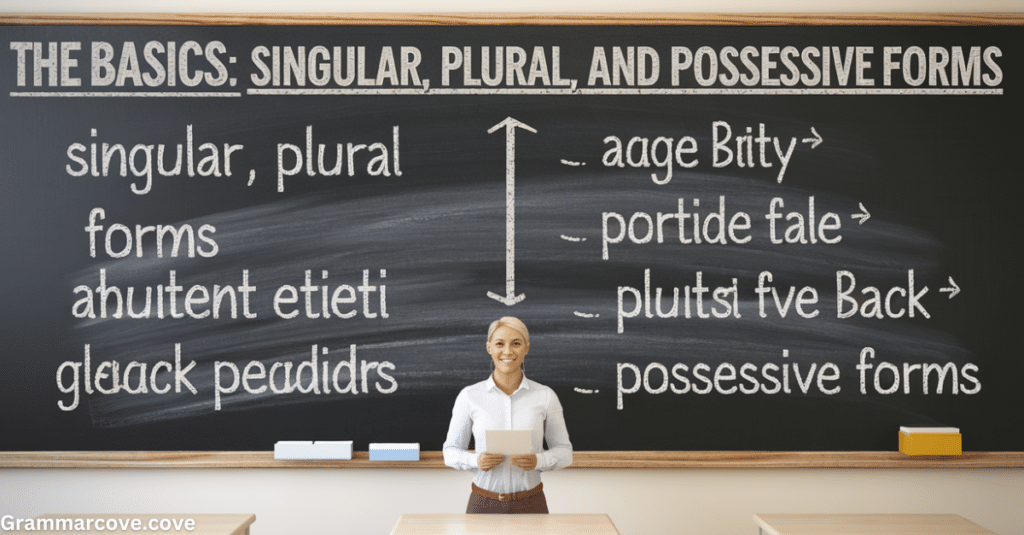
The Basics: Singular, Plural, and Possessive Forms
To grasp the differences between “girl’s,” “girls,” and “girls’,” we first need to clarify the concepts of singular, plural, and possessive forms in English. Understanding these basic grammar rules is essential for proper usage and clear communication.
- Singular: This refers to one person or thing. In our case, “girl” is a singular noun, meaning one female.
- Plural: When you’re talking about more than one, you use the plural form. For “girl,” the plural is girls, indicating multiple females.
- Possessive: A possessive noun shows that something belongs to someone or something. The way you create a possessive form depends on whether the noun is singular or plural.
Possessive forms can be especially confusing because of the placement of the apostrophe (’) and whether an additional “s” is required. Let’s break it down with each form of “girl.”
Girl’s (Singular Possessive)
When you are referring to something that belongs to one girl, you use the singular possessive form: girl’s. The apostrophe plus “s” (’s) indicates that one girl owns something.
Example 1:
- Scenario: A teacher finds a book and returns it to a student named Emma.
- Sentence: “This is Emma’s book.” (The book belongs to one girl.)
Example 2:
- Scenario: A mother is holding her daughter’s toy.
- Sentence: “This is my girl’s favorite toy.” (The toy belongs to one girl—her daughter.)
In each of these cases, ownership is clear. You’re referring to something that belongs to a single individual. The apostrophe followed by “s” (’s) is the key marker for a singular possessive noun.
Grammar Tip: To determine if you need the singular possessive form, ask yourself, “Is this something that belongs to just one person or thing?” If yes, you’ll need to add ’s to the singular noun.
Girls (Plural)
Now, when you’re referring to more than one girl, you use the plural form, which is simply girls. There is no apostrophe involved in this case because you are not indicating ownership—just plurality.
Example 1:
- Scenario: A group of girls is at a birthday party.
- Sentence: “The girls are playing games in the backyard.” (More than one girl is involved.)
Example 2:
- Scenario: A teacher is assigning a task to her students.
- Sentence: “The girls will present their project next week.”
In these examples, no possession is being indicated. You’re merely pointing out the fact that there is a group of girls, not just one. The word girls is plural, and it doesn’t show ownership.
Girls’ (Plural Possessive)
Things get a little more complicated when you want to indicate that something belongs to a group of girls. In this case, you need the plural possessive form, which is girls’. The apostrophe comes after the “s” because the noun is already plural. This shows that something is owned by more than one girl.
Example 1:
- Scenario: A soccer team is preparing for a match.
- Sentence: “The girls’ soccer uniforms are ready for the game.” (The uniforms belong to multiple girls.)
Example 2:
- Scenario: A principal talks about the achievements of a group of students.
- Sentence: “The girls’ hard work was evident in their final presentation.”
In both examples, we see that something belongs to a group of girls. The apostrophe after the “s” signals that you’re dealing with a plural possessive noun.
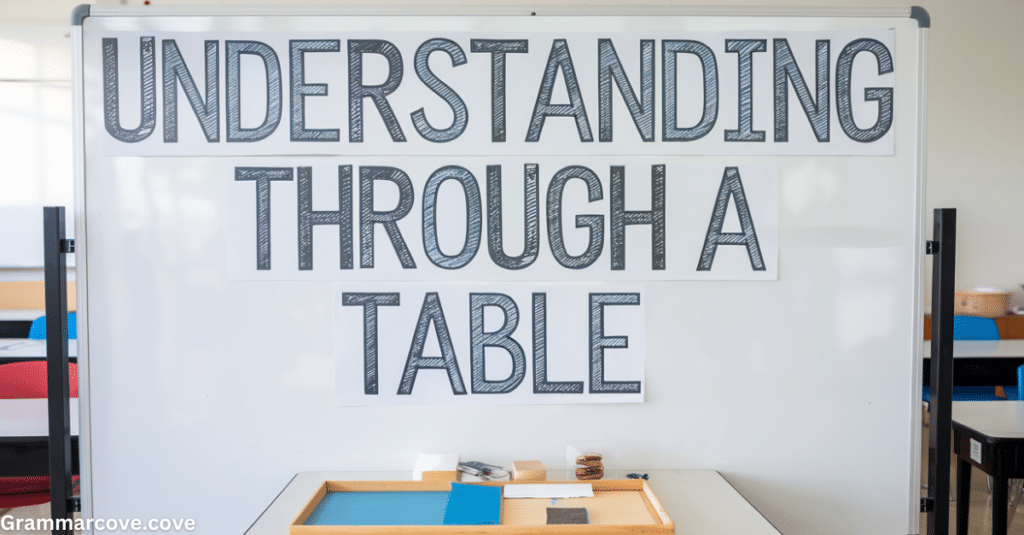
Understanding Through a Table
To help visualize the differences, here’s a table that clearly lays out each form:
| Form | Type | Example |
|---|---|---|
| Girl | Singular | “The girl is reading a book.” (One girl, no ownership involved.) |
| Girl’s | Singular Possessive | “That is the girl’s book.” (The book belongs to one girl.) |
| Girls | Plural | “The girls are playing outside.” (More than one girl, no ownership.) |
| Girls’ | Plural Possessive | “The girls’ shoes are lined up by the door.” (The shoes belong to several girls.) |
This simple table can serve as a quick reference whenever you need to figure out which form to use. If you’re talking about one girl, use girl’s to show ownership. For a group of girls, use girls. And if that group owns something, then you’ll need girls’.
Tips to Remember
Here are some quick tips to help you remember which form to use:
- Singular Possessive: Use girl’s when one girl owns something.
- Example: “Girl’s hat” (One girl owns the hat.)
- Plural (Non-Possessive): Use girls when you’re referring to more than one girl without indicating ownership.
- Example: “The girls are playing volleyball.”
- Plural Possessive: Use girls’ when a group of girls owns something.
- Example: “Girls’ locker room” (The locker room belongs to multiple girls.)
Bonus Tip: If you’re ever unsure whether to use girl’s or girls’, ask yourself, “Am I talking about one girl or multiple girls?” If it’s one girl, use girl’s; if it’s more than one, use girls’.
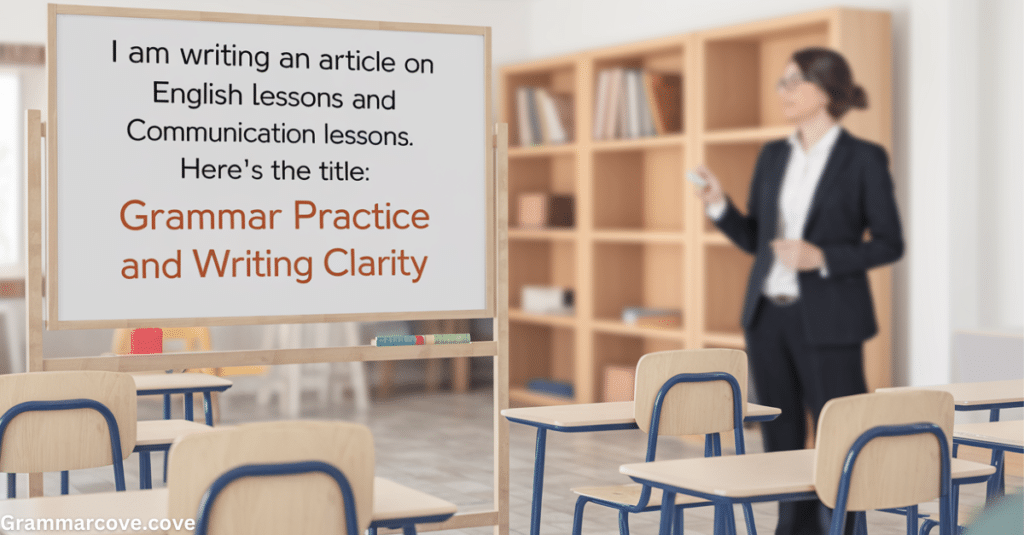
Grammar Practice and Writing Clarity
Mastering possessive nouns is crucial for clear writing, and that’s where “Understanding ‘Girl’s,’ ‘Girls’,’ and ‘Girls’: A Simplified Guide” comes in. These small details make a big difference in how your sentences are understood. Grammar practice is key here—try writing sentences using all three forms to see how they differ!. For example:
- “The girl’s shoes are on the porch.” (One girl owns the shoes.)
- “The girls are playing tag.” (A group of girls is playing.)
- “The girls’ jackets are hanging by the door.” (The jackets belong to multiple girls.)
By practicing these distinctions, you’ll improve your writing clarity and communication skills.
Practice Makes Perfect
To truly internalize these rules, you’ll need to practice. Here are a few exercises you can try to solidify your understanding:
- Choose the correct form in the following sentences:
- “The (girl/girls/girls’) toys are scattered across the floor.”
- Answer: “Girls’ toys” (because the toys belong to multiple girls).
- “This is the (girl/girls/girls’) notebook.”
- Answer: “Girl’s notebook” (because the notebook belongs to one girl).
- “The (girl/girls/girls’) toys are scattered across the floor.”
- Write your own sentences using girl’s, girls, and girls’ in different contexts:
- “The girl’s backpack is red.”
- “The girls are excited about the field trip.”
- “The girls’ science project won first place.”
Practicing with different scenarios will make these grammar rules second nature.

Understanding with Diagrams and Educational Resources
To further grasp the nuances of Understanding “Girl’s,” “Girls’,” and “Girls”: A Simplified Guide, consider using diagrams or accessing educational resources that provide visual representations of how these possessives function in sentences. Many online grammar tools and resources offer interactive exercises that can reinforce your understanding.
In Summary
Understanding the difference between girl’s, girls, and girls’ is a critical part of mastering English possessives. Here’s a quick recap:
Girl’s: Singular possessive—something belongs to one girl.
Girls: Plural—refers to more than one girl without showing possession.
Girls’: Plural possessive—something belongs to multiple girls.
By applying these rules consistently, you’ll become more confident in your writing and communication. Don’t forget to practice, and soon, the correct forms will come to you naturally. Remember to double-check your use of possessives, especially in professional or academic writing, where clarity is key.
If you have any questions or want to share your own examples, feel free to leave a comment below. Good luck with your grammar journey!

Steel Morgan is an experienced blogger passionate about language and writing. On Grammarcove. he shares his expertise in grammar, punctuation, and effective communication, making complex rules simple and accessible for readers. With a knack for clear explanations and engaging content, Steel aims to help others master the art of language.

